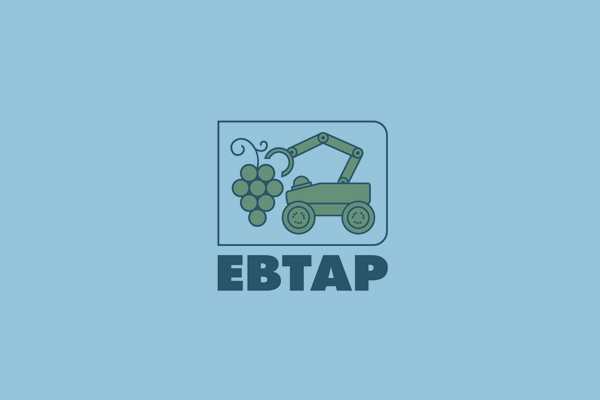Coordinated navigation of two agricultural robots in a vineyard: A simulation study – Sensors, vol. 22, no. 23, 9095, 2022
Abstract The development of an effective agricultural robot presents various challenges in actuation, localization, navigation, sensing, etc., depending on the prescribed task. Moreover, when multiple robots are engaged in an agricultural task, this requires appropriate coordination strategies to be developed to ensure safe, effective, and efficient operation. This paper presents a simulation study that demonstrates a robust coordination strategy for the navigation of two heterogeneous robots, where one robot is the expert and the second robot is the helper in…


 Greek
Greek







